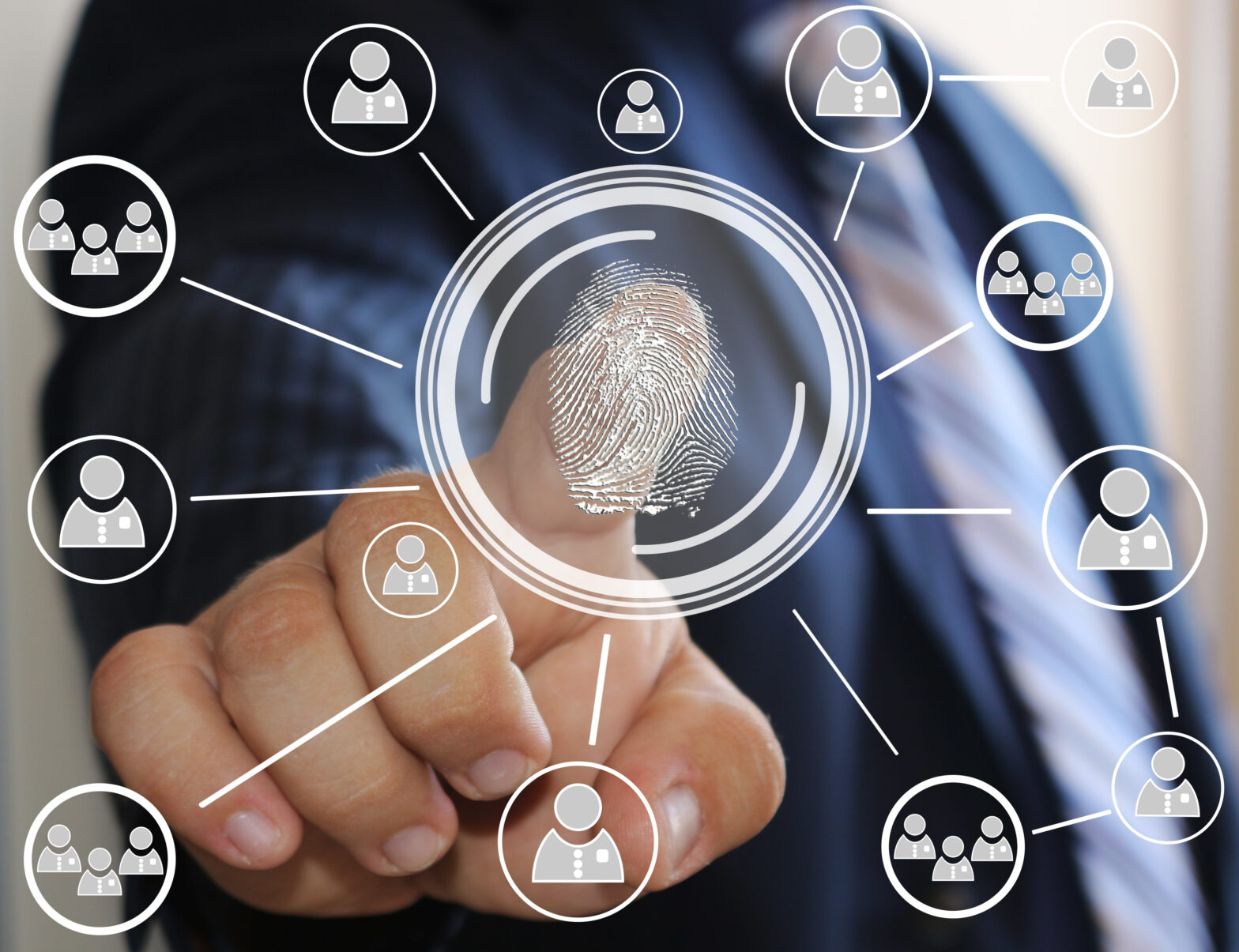In five short years, mobile biometric authentication will move beyond fingerprint technology, according to a new study from Juniper Research.
High security sectors, such as financial services and IT security, already employ a range of identifiers, from facial recognition to voiceprints. According to the new report, these methods will become a mainstay in consumer applications. Already, biometric authentication beyond fingerprint technology is installed on an estimated 190 million mobile devices, including smartphones and wearables. By 2021, this is set to exceed 600 million devices.
Businesses are increasingly seeking out authentication measures that rely less on hardware, which, according to the research, will spur demand for newer biometrics over the next five years, in particular voiceprints and facial recognition.
These technologies do not require dedicated hardware like fingerprinting does, making it easier to deploy and more accessible to a whole new audience in markets with lower-tier smartphones.
With many different biometric technologies now emerging for consumer use, Juniper predicts that multiple biometrics will become part of consumers’ mobile experience in the near future.
The research also found that use cases for biometrics will shift from identification to verification. Biometrics, unlike passwords, can never be changed, which makes them even more vulnerable for misuse if not kept secure. If biometric data is compromised, they are unusable for life, explained research author James Moar.
“While biometrics offer an increased amount of security and convenience, they need higher levels of protection. Establishing best practices for storage and transmission of newer biometrics will be key to ensuring both consumer control over and the security of these most personal data,” he said.
Instead of transmitting biometric data from personal devices to the services that require authentication, for increased security, biometrics will be stored and approved on personal devices, with only verification information shared with external services.
Recognising the vulnerability and potential for misuse of biometric data, start-ups like Nuance and HooYu use multiple layers of data for true verification. HooYu, for example, is used not only by businesses that need to check their customers are who they say they are, but also by consumers who want to check another person’s identity before they proceed with an important or sensitive transaction.
HooYu cross-references and analyses data from a person’s digital footprint, coupled with verified data from ID documents and a biometric facial check comparing a selfie of customers with their ID image to confirm their real-world identity.
The technology is now being integrated into money transfer company, Fonmoney’s site, so that users can be verified through a combination of digital footprint analysis, ID document authentication, facial biometrics and identity scoring.
According to Fonmoney, fraudsters are constantly on the look-out for vulnerabilities in online money transfers. These cons frequently try to break into the system using fake passports and stolen payment card details. Fonmoney looked to database-led ID checks to verify their customers, but with ten local language sites already live, they needed a service that would work equally well for customers using Irish, Turkish, Polish, Romanian and French corridors amongst others.
In a world where data from selfies, social media activity, voice recognition and traditional identity documents can be used together to paint a comprehensive picture of customers, fingerprinting may become as antiquated a form of authentication as six-digit passwords are today.






